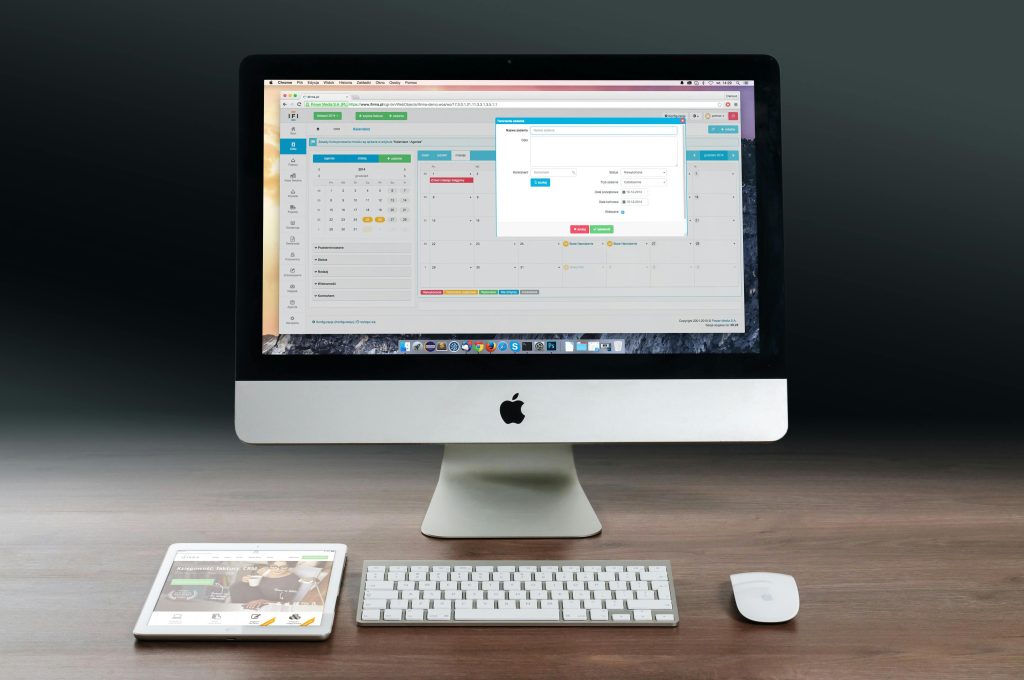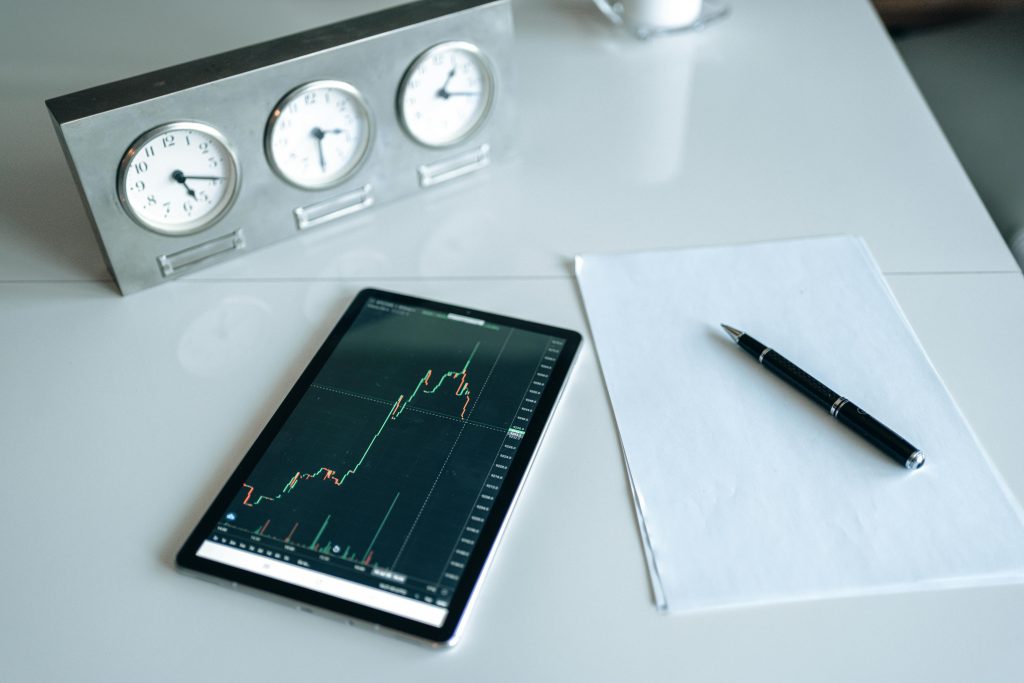Introduction
In today’s competitive real estate market, property management software has become an essential tool for landlords, property managers, and real estate companies. The right software doesn’t just streamline operations — it can improve tenant satisfaction, optimize financial performance, and reduce costly errors.
But with so many options on the market, how do you know which features are truly essential? In this article, we’ll break down the core modules every property management software should include, so you can make an informed decision and build a system that supports both your business and your tenants.
Why Core Modules Matter
Property management involves juggling multiple responsibilities: collecting rent, maintaining properties, screening tenants, tracking expenses, and ensuring legal compliance. Without the right software modules, managers risk:

- Inefficiencies
- Missed deadlines
- Financial inaccuracies
- Poor tenant communication
The right core modules turn complex tasks into streamlined workflows.
Lease & Tenant Management
What it does:
Centralizes tenant records, lease agreements, renewals, and legal documents.
Key Features:
- Lease creation and templates
- Lease renewal reminders
- Digital document storage
- Tenant contact information
- Move-in/move-out checklists
- Electronic signature integration
Why it’s critical:
Keeps tenant and lease data organized, ensures compliance, and reduces paperwork.
Example: Instantly pull up lease terms when responding to tenant questions or during legal disputes.
Rent Collection & Payment Processing
What it does:
Automates rent invoicing, collection, and tracking.
Key Features:
- Online payment portal
- Auto-pay setup for tenants
- Automated reminders and late fee calculation
- Real-time payment tracking
- Payment receipts for tenants
Why it’s critical:
Improves cash flow, reduces late payments, and eliminates manual tracking.
Pro Tip: Look for software with multiple payment options (credit cards, ACH transfers, digital wallets).
Maintenance Management
What it does:
Tracks maintenance requests, schedules repairs, and manages vendor work orders.

Key Features:
- Online maintenance request portal for tenants
- Work order creation and tracking
- Vendor contact management
- Maintenance scheduling and reminders
- Photo attachments for issues
Why it’s critical:
Keeps properties in good condition, ensures timely repairs, and boosts tenant satisfaction.
Real-Life Example: Tenants submit photos of a leaking faucet; managers instantly dispatch a plumber.
Accounting & Financial Reporting
What it does:
Provides complete financial oversight for individual properties or entire portfolios.
Key Features:
- Income and expense tracking
- Automated rent posting
- Chart of accounts
- Budgeting tools
- Bank reconciliation
- Profit & loss statements
- Tax reporting and 1099 generation
Why it’s critical:
Accurate accounting prevents costly mistakes, aids in tax preparation, and allows for performance analysis.
Integration tip: Many systems sync directly with QuickBooks or other accounting platforms.
Tenant Screening & Application Processing
What it does:
Streamlines the tenant application process while ensuring thorough background checks.
Key Features:
- Online rental applications
- Credit checks
- Background checks
- Employment and income verification
- Automated application scoring
Why it’s critical:
Protects landlords from high-risk tenants and ensures fair, consistent screening.
Compliance Note: Ensure your software adheres to Fair Housing laws and privacy regulations.
Communication & Notifications
What it does:
Facilitates timely, transparent communication between landlords, tenants, and vendors.

Key Features:
- Mass messaging (email, SMS, push notifications)
- Automated rent reminders
- Maintenance updates
- Lease renewal notices
- Document sharing
Why it’s critical:
Clear communication reduces misunderstandings, improves tenant relationships, and enhances operational efficiency.
Example: Automatically notify tenants of upcoming inspections or policy changes.
Owner & Investor Portal (for Property Management Companies)
What it does:
Gives property owners real-time visibility into property performance.
Key Features:
- Financial summaries
- Income statements
- Occupancy rates
- Maintenance logs
- Document storage
Why it’s critical:
Provides transparency, builds trust with investors, and simplifies reporting obligations.
Vacancy & Marketing Management
What it does:
Automates listing creation, syndication, and applicant tracking.
Key Features:
- Listing templates
- Syndication to multiple rental websites (Zillow, Apartments.com, etc.)
- Vacancy tracking
- Lead capture forms
- Scheduling property showings
Why it’s critical:
Reduces vacancy times, increases applicant pool, and simplifies marketing efforts.
Pro Tip: Some platforms include virtual tour and self-scheduling features for greater convenience.
Legal Compliance & Document Management
What it does:
Stores and manages important legal documents and ensures compliance with local, state, and federal laws.
Key Features:
- Document templates
- Eviction notices
- Fair housing compliance tools
- Customizable lease clauses
- Audit trail and activity logs
Why it’s critical:
Minimizes legal risk and provides a clear paper trail in the event of disputes or audits.
1 Reporting & Analytics
What it does:
Provides comprehensive data and insights to optimize operations.

Key Features:
- Occupancy and vacancy reports
- Delinquency reports
- Expense analysis
- Maintenance performance metrics
- Customizable dashboards
Why it’s critical:
Enables data-driven decision-making, helps identify trends, and improves business strategy.
Optional (But Valuable) Add-On Modules
While the above modules are essential, many modern property management platforms also offer:
- Mobile app access
- Insurance integration (tenant liability insurance)
- Utility billing management
- Document e-signature capabilities
- Smart home device integration (locks, thermostats)
As your portfolio grows, these features can become increasingly valuable.
Conclusion
The best property management software isn’t necessarily the one with the longest feature list — it’s the one that includes the core modules you need to run your business efficiently and scale confidently.
By ensuring your system includes these essential modules — tenant management, rent collection, maintenance, accounting, communication, screening, owner portals, marketing, legal compliance, and reporting — you set the foundation for success, profitability, and tenant satisfaction.
Remember:
The right software does more than manage properties — it empowers your entire operation.




